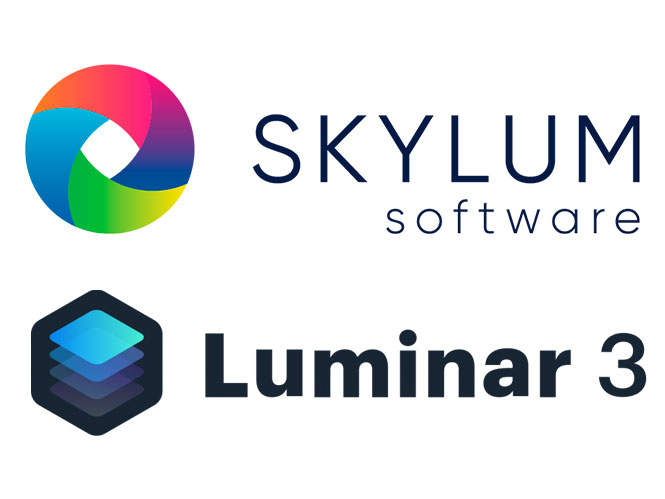

- #LUMINAR NEO PLUGIN HOW TO#
- #LUMINAR NEO PLUGIN FULL#
- #LUMINAR NEO PLUGIN SOFTWARE#
- #LUMINAR NEO PLUGIN CODE#
- #LUMINAR NEO PLUGIN PROFESSIONAL#
We’ve got you covered if you’re in the market for a substitute photo editing software to Adobe Photoshop that won’t cost you an arm and a leg. In fact, most photographers or designers who only edit photos for fun or only every once in a while will find Photoshop exorbitant, and they’re on the lookout for a more affordable alternative that is equally efficient. While Adobe’s Photoshop has remained the industry’s yardstick for a while, anyone who has ever used it will tell you that while it’s efficient, it’s also prohibitively expensive. We can bet our heads that you’ve been told that the feature-rich Photoshop editing software is the only photo editor you can safely use on the market today. It's supremely easy to use, and the way that presets and AI edit tools are applied will feel second-nature to anyone who's used to tweaking photos in a mobile app like Instagram.Are you an expert designer or retoucher who edits photos for a living, or an ordinary photographer who loves tweaking your pictures, and are you looking for the best photo editing software? The main audience for Luminar Neo, however, are non-professionals, particularly those who are just getting started with photo editing. The software performed quickly and efficiently on our Windows 11 laptop, and for anyone used to Photoshop freezes and crashes, that alone might make it worth investigating. However, as an addition to an existing suite of, say, Photoshop and Lightroom, some might find it useful for making speedy, fuss-free edits.

#LUMINAR NEO PLUGIN FULL#
Lacking organisation features, it's not much use to professionals as a full workflow solution. It has a delightful, easy-to-use interface. Luminar Neo is a quirky tool that's got a lot going for it. Finally, Dust Spot Removal only worked for us around 50 per cent of the time. However, we weren't convinced that either was a particularly useful way of making edits, compared with more traditional tools. Structure AI, which allows the adjusting of image detail and clarity, worked well enough, as did Relight AI, which finds the subject in a photo and adjust the light in both the foreground and background. Thirdly, not all the software's AI tools impressed us in the same way as the three we've detailed above. And you need to apply the Preset before applying any other edits, or it will override them. Specifically, you can't inspect or edit the settings: you either apply them or you don't. Secondly, the way Presets are handled is quite limiting.
#LUMINAR NEO PLUGIN PROFESSIONAL#
In short, if you're dealing with a lot of photos, and need to access them quickly and easily – especially in a professional capacity – you'll probably need something like Lightroom instead. Neither can you do much with the companion app, other than use it to load up images. And while you can sort your images based on capture time, edit time, file name, file size and file type, you can't sort them based on location. You can't add keywords or captions, for example.

But it's just as important to know what it doesn't include.įirstly, it's very light on organisational tools. Thus far, we've focused on the cool things that Luminar Neo offers. To our minds, these three AI tools performed brilliantly, and depending on your needs, one or more of them may well justify the price of Luminar Neo by themselves.
#LUMINAR NEO PLUGIN HOW TO#
Plus, when you've got an image that you're just not sure how to crop, it does take the decision out of your hands and help you move on. However, it does save you vital seconds, and if you're cropping hundreds of images in one sitting, that time saving can add up. More experienced photographers should know how to crop their shots, of course. It does exactly what it says, in a single click. The best of these is Remove powerlines, which appears under the Erase tab. What's special about Luminar Neo, though, are the specially designed AI tools. You can crop your shots, use layers, and play with exposure, saturation, smart contrast, highlights, shadows, blacks & whites, curves, colour balance, contrast, sharpness, noise reduction, optics… all the usual stuff, basically. They include all the basic image editing tools you'd expect to find in paid-for software aimed at non-professionals. The latter are organised into four sections (Essentials, Creative, Portrait and Professional). Luminar Neo has three modes: Catalog, for viewing your images, Presets, for applying presets to them, and Edit, for using in-built tools.
#LUMINAR NEO PLUGIN CODE#
Basically, you download a free companion app (Luminar Share) to your phone, scan in a QR code from your desktop computer, and then follow the steps. Once we'd got beyond that initial hiccup, this was pretty straightforward and quick to do. The thing we were trying to do at the time was wirelessly import pictures from our smartphone. This is a pretty unusual way to organise a menu, and we only realised it was there by Googling. There was one exception to this: we didn't realise that a bunch of menu items can only be accessed by clicking on the logo in the top-left corner.


 0 kommentar(er)
0 kommentar(er)
